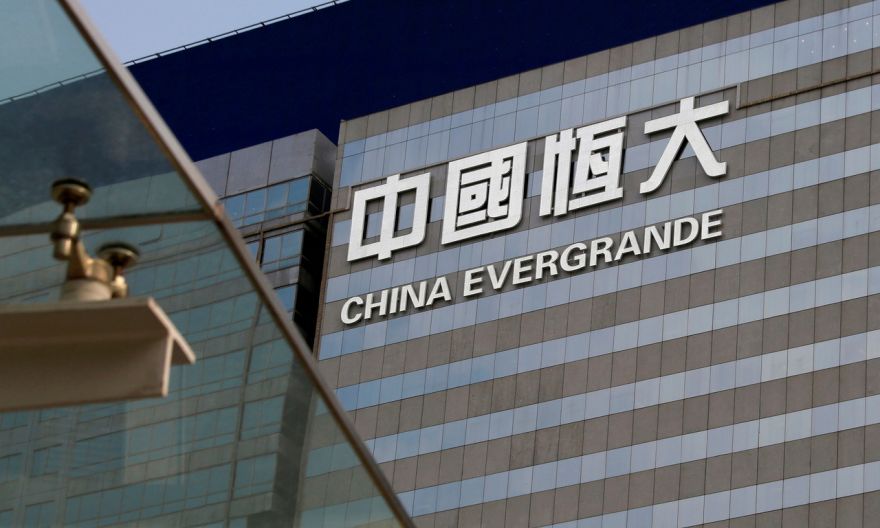Evergrande sell-off deepens with S&P warning of ‘downward spiral’

HONG KONG (BLOOMBERG) – China Evergrande Group bonds dropped toward record lows on Friday (Aug 6), with S&P Global Ratings warning of a potential “downward spiral” as creditors lose confidence in the world’s most indebted developer.
“Evergrande’s liquidity position is eroding more quickly and by more than we previously expected,” S&P analysts led by Matthew Chow wrote in a report late Thursday in Hong Kong. “The company’s nonpayment risk is escalating, not only for the substantial public bond maturities in 2022 but also for its bank and trust loans and other debt liabilities over the next 12 months.”
The credit rating firm cut Evergrande by two levels to CCC, just four notches above the designation for defaulted borrowers. It’s the second downgrade by S&P in less than two weeks and follows similar moves by Fitch Ratings and Moody’s Investors Service. Evergrande didn’t respond to a request for comment.
With US$300 billion (S$405 billion) in liabilities and links to a myriad of banks, Evergrande is struggling to allay investors. Concerns are mounting after a rise in overdue payments to suppliers and a Caixin report that creditor claims against the company would be centralized in a Guangzhou court, suggesting a rise in lawsuits. Any default could send shock waves through the financial system, roiling banks, trusts, the bond market and Chinese homeowners.
Evergrande’s dollar note due 2025 fell 4.2 cents on the dollar to 37 cents as of 9.01am on Friday, heading for a fresh low, Bloomberg-compiled data showed. Shares dropped as much as 5.7 per cent, widening this year’s decline to 65 per cent.
S&P noted that disputes over contract payments are rising as contractors claim that Evergrande has delayed payments. These contractors are applying for asset freezes as they aim to resolve disputes in court, contributing to negative media reports and lenders’ risk adjustments, S&P said.
“The steadily increasing number of asset freezes signals strained liquidity,” S&P said. “Evergrande’s access to funding from financial institutions is more significantly constrained than expected. As news reports continue to be negative, the company could experience a considerable ‘downward spiral,’ with lenders potentially further tightening their risk exposure to the company.”
The disputes and tightened liquidity come as huge liabilities loom. S&P estimates the developer has more than 240 billion yuan (S$50.2 billion) of bills and trade payables to settle over the next 12 months, of which about 100 billion yuan is due this year.
Evergrande’s woes have been pressuring China’s riskier dollar bonds, helping send yields on junk-rated debt to their highest level relative to investment-grade notes since March 2020, according to Bloomberg Barclays indexes. But the premium has shrank, with yields on China junk dollar bonds posting their largest three-day decline in more than a year.
Evergrande is ramping up asset sales to pare debt, raising more than US$8 billion already this year. The company’s shares and bonds rose earlier this week after it announced a stake sale in its internet unit for US$418 million.
China’s escalating property curbs may add pressure on Evergrande’s sales. Beijing plugged a loophole in home-buying late Thursday, saying divorcees cannot purchase additional homes for three years if the number of properties they held while married exceed the permitted quota.
“Evergrande is just moving into a vicious cycle,” said Eddie Chia, portfolio manager at China Life Franklin. “It is suffering from negative feedback loop of negative news.”
